Phenological change was quite evident during my last visit to the Salmon Hole on November 12th. It had snowed approximately six inches the night before, leaving the ground, trees, and rocks completely submerged. There have also been no leaves on the trees since Halloween. On Halloween we experienced a torrential wind and rain storm, and the day after all but the strongest leaves were on the forest floor. Lichen remains on most of the fallen branches and sides of trees. The litter littered hills that surround the site did have small leafed plants barely poking out of the soil until the snow piled up on top of them until they were no longer visible. These were tiny species that I really didn’t pay much attention to until we were assigned to look for things that we overlooked. My sense of place at the salmon hole is unfortunately not the most positive. I am of course happy to be surrounded by trees, but the sound of cars and the smell of exhaust is inescapable. To me it feels like humans put in minimal effort to make a natural area in the midst of roads and cities. The effort is appreciated but it just doesn’t quite cut it. I go to a natural area to see wildlife and nature as if it were undisturbed by the actions of people. Here I see just the opposite; how nature is reacting and adapting to the terrible circumstances we put it in. When zooming out and looking at the Salmon Hole in terms of its physical place between Winooski and Burlington, I appreciate it a little more. During a talk given by an architecture professor, we explored the buildings built around campus from when the university was started to the present date. Everything used to be a lot less city-like and more of a bustling town. Those days are long over, but the Salmon Hole still feels like a piece of unsettled land that maintains the “naturey” spirit of Burlington’s past. My sense of place at my phenology site through the lens of Vermont as a whole illustrates how the Salmon Hole is a preserved piece in time, and we can predict what the future landscape will be like through its trends. I feel that technology and industrialization is advancing rapidly in the city. As things advance, population will grow, and natural areas will decrease in size and quantity as time progresses. I feel that the Salmon Hole, being as littered and un-respected as it is, illustrates that the future of this and other cities need change. Nobody wants to live somewhere with rampant trash and pollution. The first place where these two things are present a natural area, as there are no garbage trucks or public services to clean it. It collects trash as it is slowly scattered over time. The place is becoming an indicator that we as a species are overproducing and being inconsiderate with waste.

David’s Phenology Blog
Visit 2: Lack of Anything Interesting
Posted: October 29th, 2019 by dbattit
Save for one squirrel that I photographed with an acorn in its mouth, this site was void of animal life for the short while that I spent there. Fortunately the squirrel fulfilled my “phylum chordata” requirement. I had to use trees as some of the organisms that characterize my site, like sugar maple, white pine, and particularly Japanese barberry. The soil is sandy and easy to move. This is because the salmon hole site is a huge pit, where elevation drops off and rainwater spills down with it. Every time I come here I am astounded by how muddy it is. The white pines enjoy sandy soil, and the sugar maples must be able to tolerate it as well. I say barberry is particular because the site is littered with trash, debris, and invasive species. Japanese barberry is an incredibly invasive species with deep hard roots that make for tough removal. The beer cans and broken glass compliment the overall barberry aesthetic of the salmon hole. The squirrel characterizes my site because it is a versatile organism that can forage for food for winter pretty much wherever it can. This tiny parcels of forest like this have acorns and other food that the squirrel needs, so it forages there often. The last two organisms I saw were a mosquito and a cool mushroom. The mosquito flew away before I got the chance to snag a picture, but the mushroom was pretty tame and wasn’t alarmed by my presence like the squirrel or the ‘squito. It was growing on the side of a fallen tree and looked pretty mature. There was a smaller mushroom growing from its underside which was also cool. The vegetation nearly disappeared since my last visit. The few trees with remaining leaves are bright yellow, and the rest wave their naked stalks in the wind waiting for warm air to spring the cycle of growing once more. Most of the invasive underbrush was still bright green, which I attributed to its foreign nature. Mapping this site increased my physical awareness of where I was and what was around me. I was also kind of sketched out because it would be really easy to get mugged sitting on a bench in a clearing in the woods, so knowing my surroundings made me feel alert. Mapping also made me realize just how steeply elevation drops off. If you tried to walk in a straight line from my bench to the road, you would slip down a cliff of beer cans and mud. The constructed bridges and stairs are the only reasonable way to ascend back to the parking lot and road.
Entry 1: the forgotten assignment
Posted: October 25th, 2019 by dbattit
The salmon hole is a steep slope of forest leading down to a pristine river, where the water forms eddies and riffles due to the obscure geographic features of the site. It has many maple trees with the occasional white pine. The forest has a definite canopy, with a thick amount of shrubbery and barberry. Leaf litter accommodates for the forest floor, and there is very little plant life under 12 inches tall. You’ll know you’re there if you hear a rushing torrent of water streaming from the Winooski River dam. The water from that dam smooths out, as it flows into a quarry like structure that is very deep. It is so deep in fact that cold water trout species like brown trout, rainbow trout, and brook trout take refuge there. It is also home to landlocked salmon and steelhead, which is rare for such a small fishery. You get there by walking down Colchester Avenue past McAuley Hall and Kampus Kithchen. At the bottom of the bridge before the hill, take a left nearly 360 degrees backwards. Follow the shoddy walking trail on the right side of the road, and you will climb down a steep embankment. This will eventually lead to wooden steps that are particularly slippery (as I found out). Keep following the path and you will see where the trees break and open up into a large shale sheet that banks the river. The experience of being there is nice to a degree until you see trash floating by or weeks old cigarette buts in the mud. I enjoy fishing here and visiting the location, but I can’t help but imagine it if people weren’t so careless. It would be a pristine waterway un-plagued my trash, sediment, and other human wastes that ruin the aesthetic of a waterway teeming with life. On my first visit I saw a school of minnows, probably shad or something of that variety. The school would dart and make holes on occasion, due to a a predator swoopig in for a mouthful of a few unfortunate pieces of bait. I found out that one of these predators was a smallmouth bass, because I caught it on my fly rod.
Hello world!
Posted: October 11th, 2019 by dbattit
Welcome to UVM Blogs. This is your first post. Edit or delete it, then start blogging!

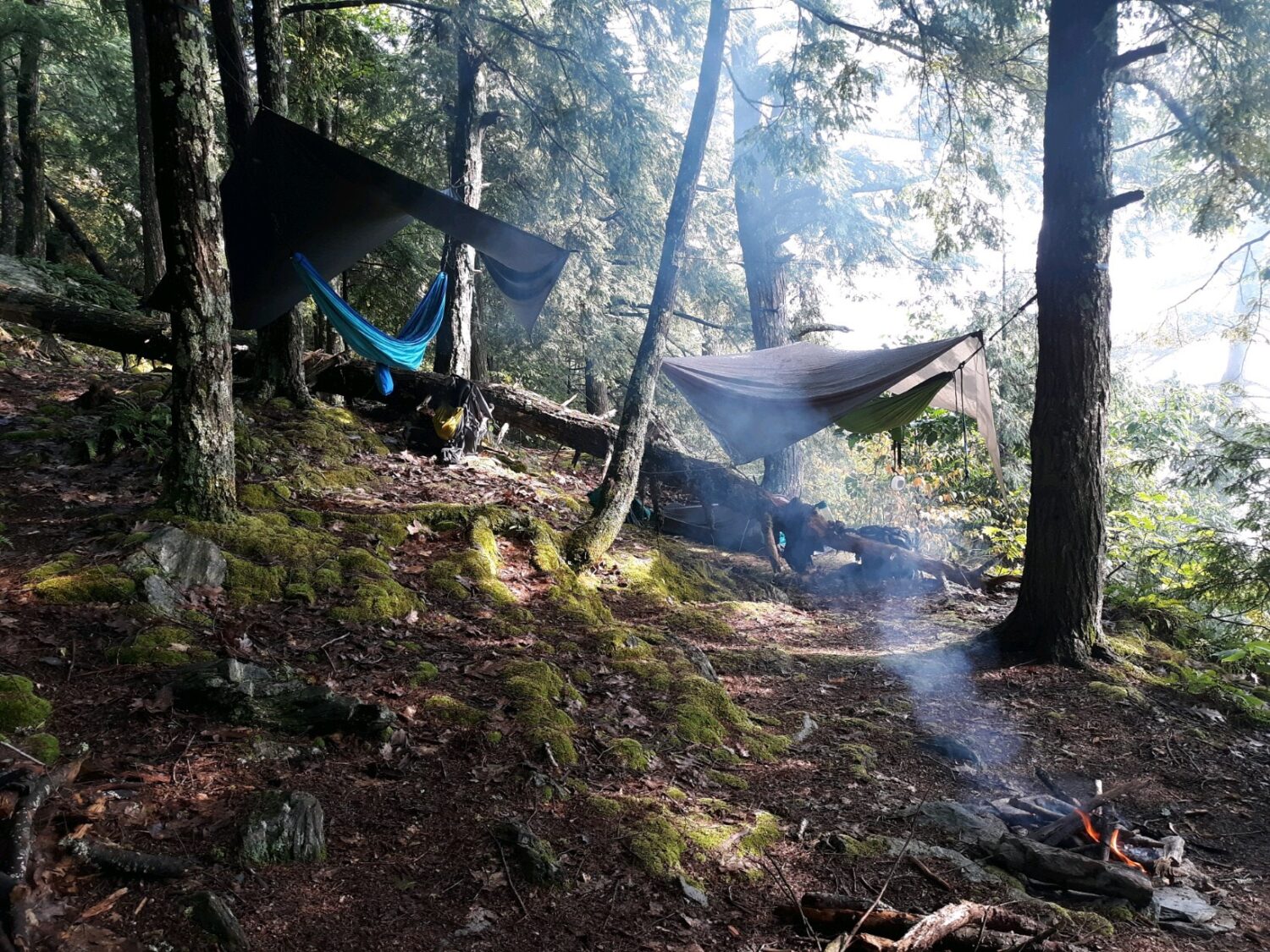
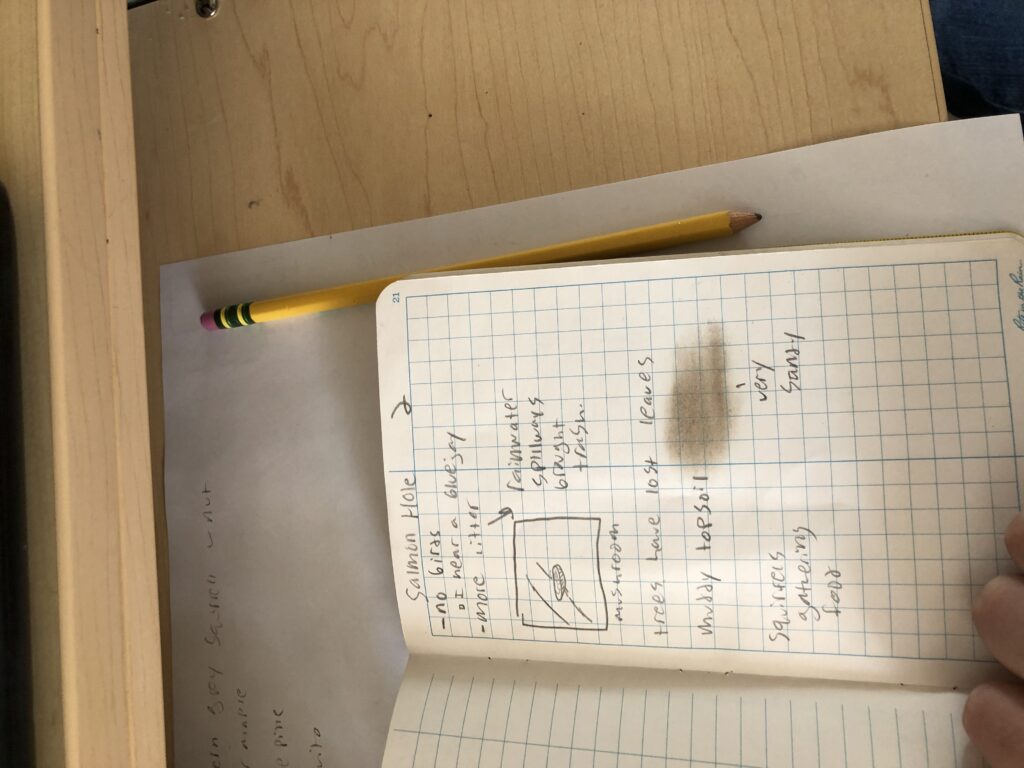
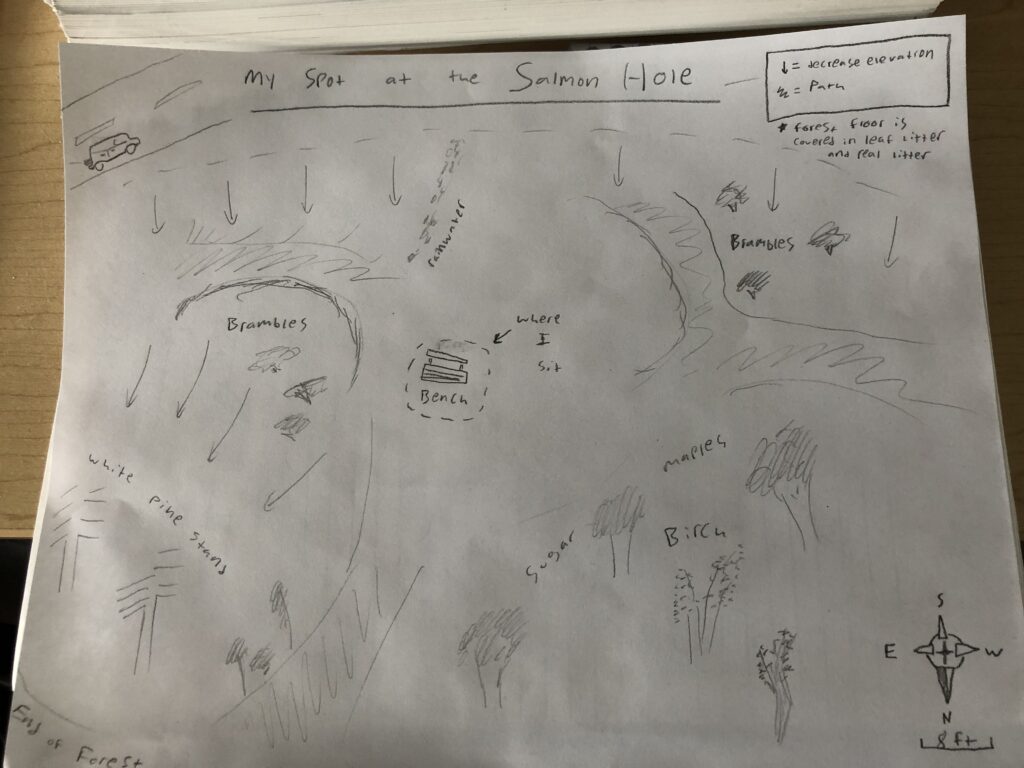
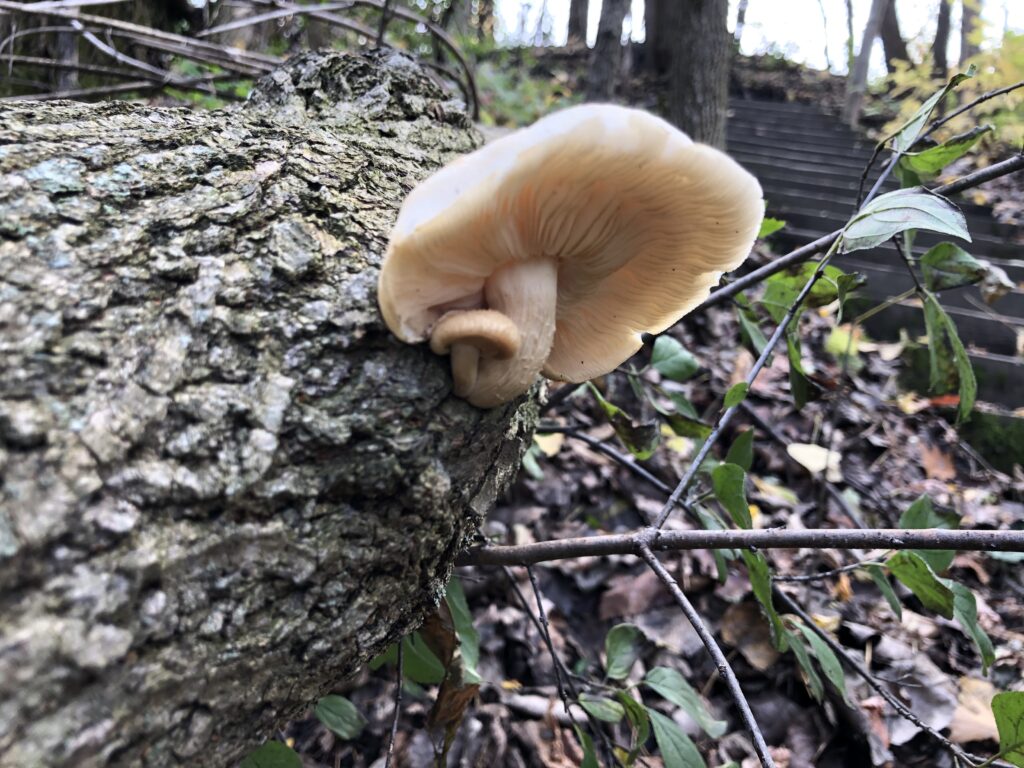
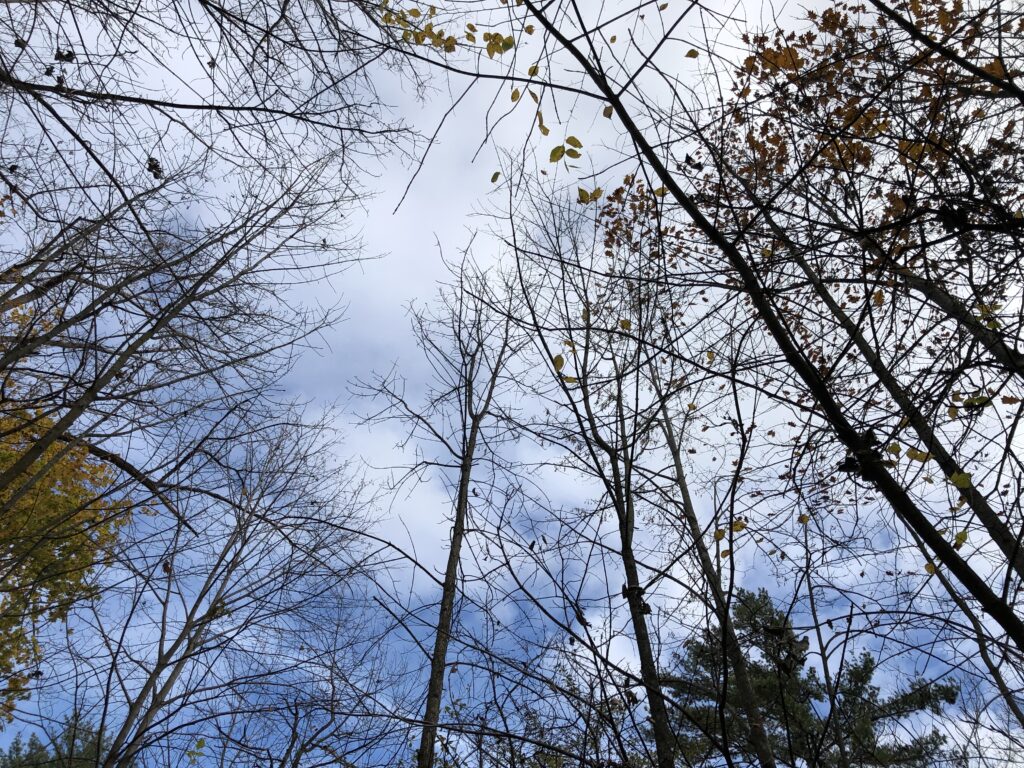
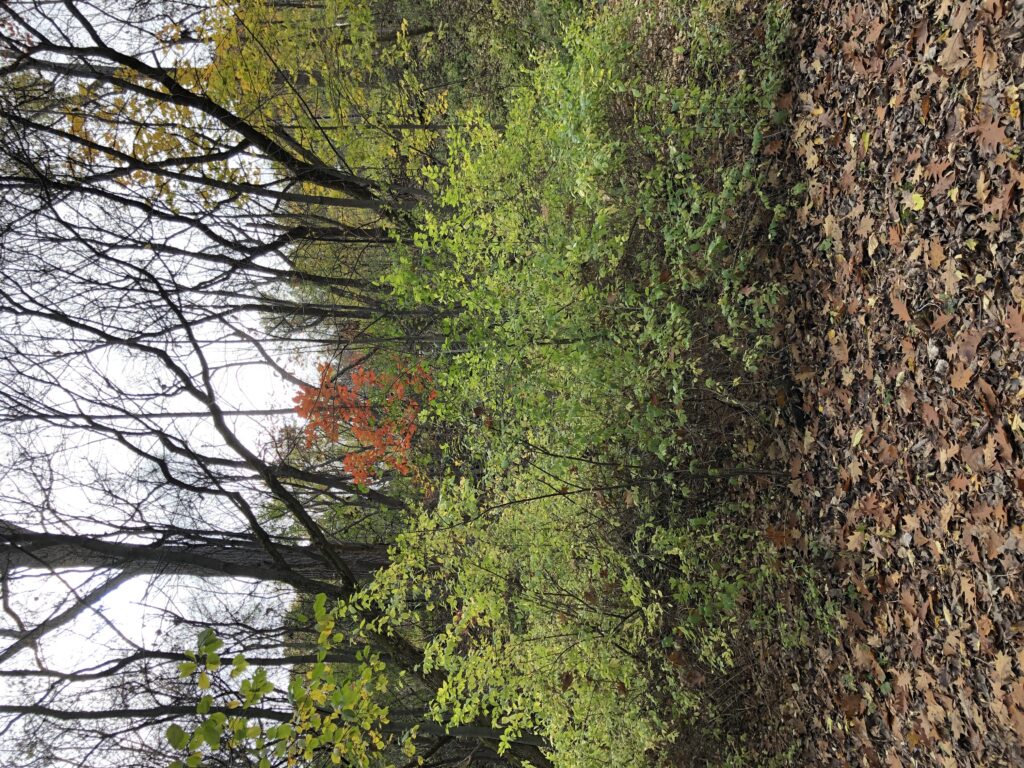
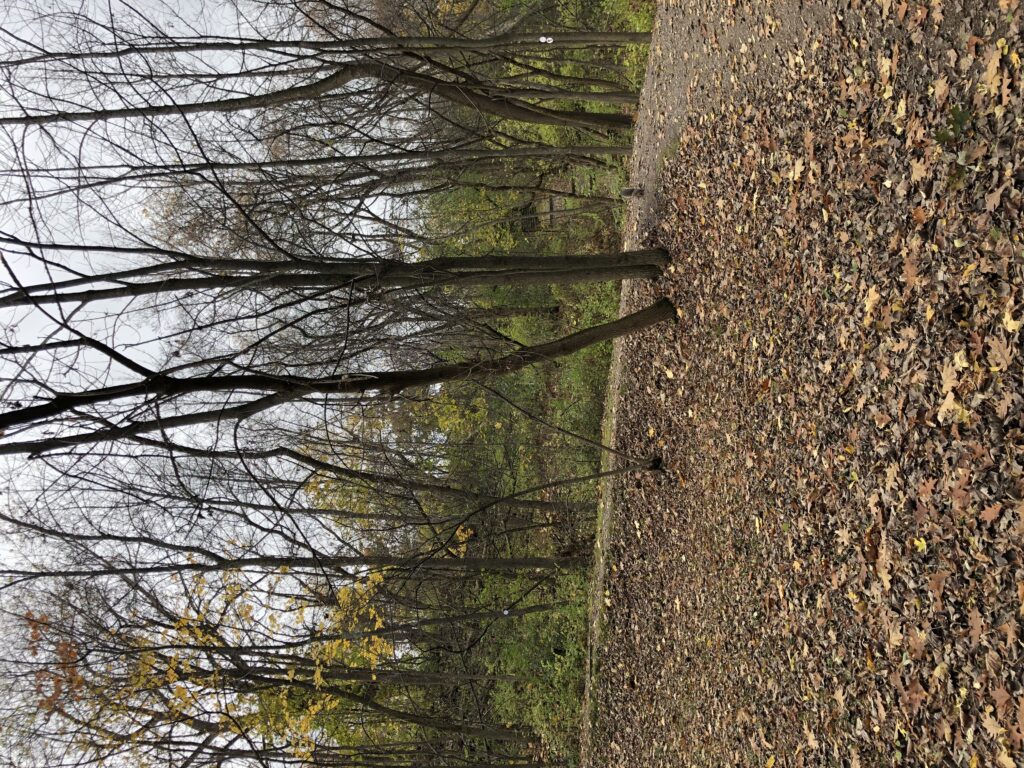
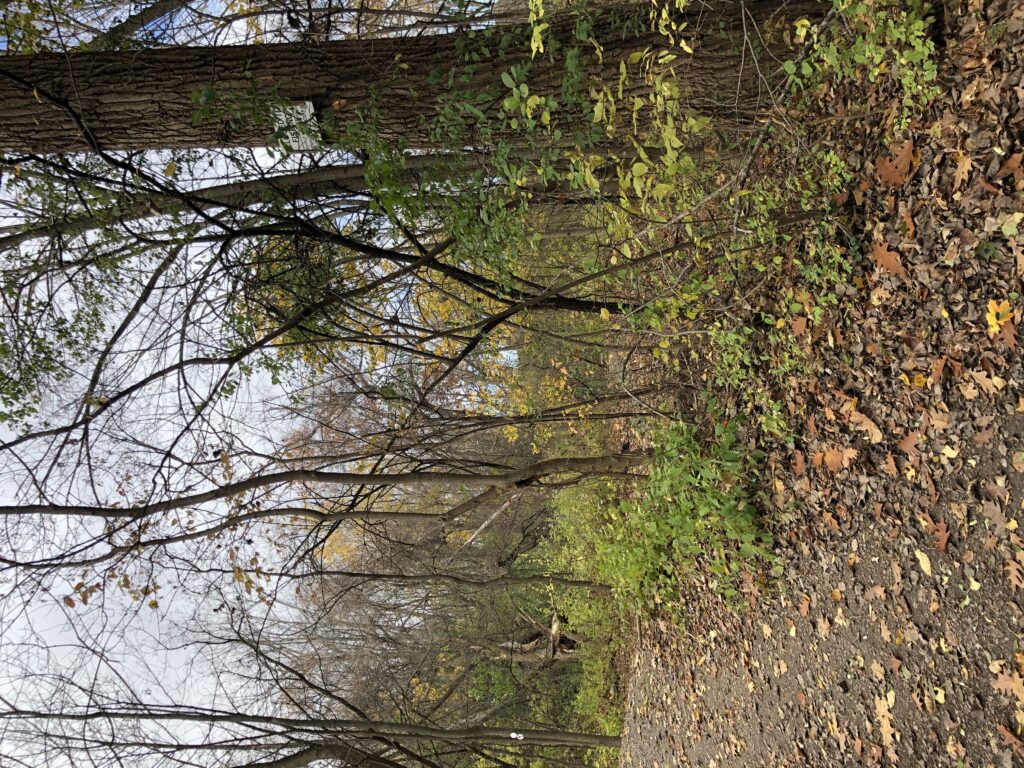
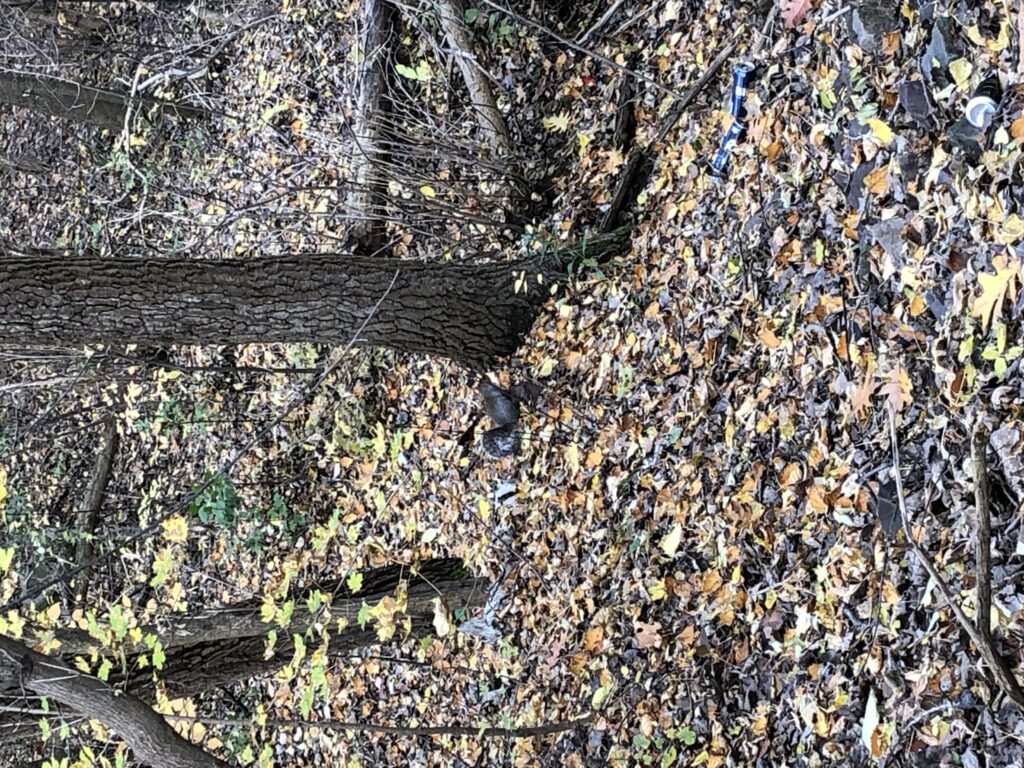
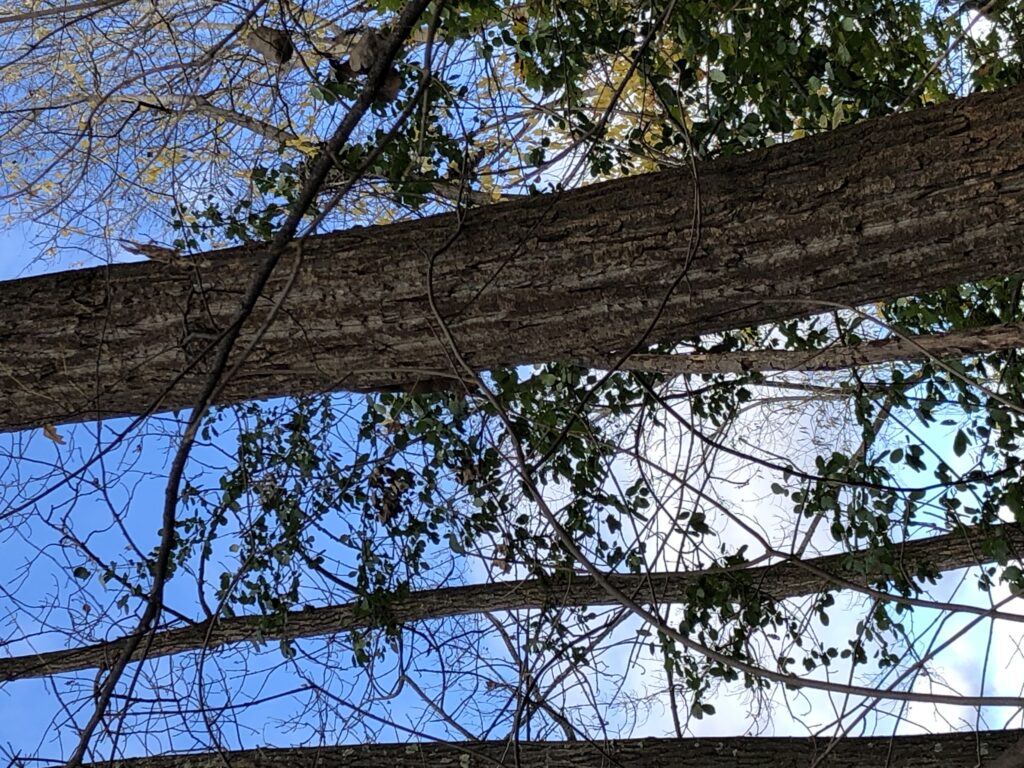
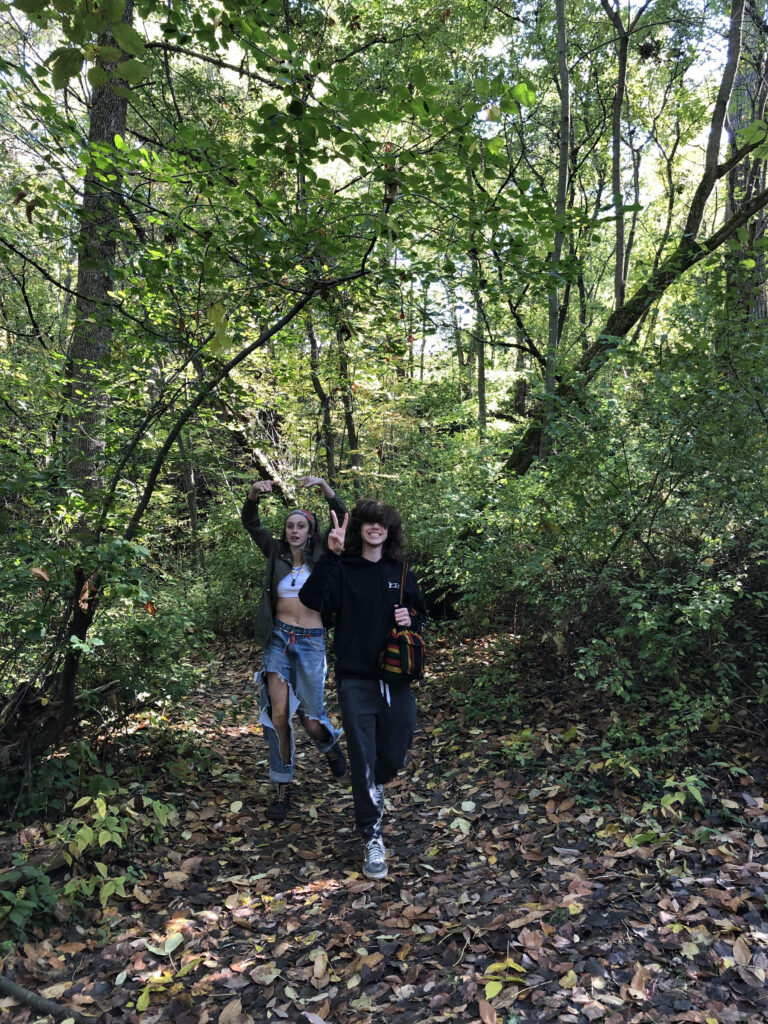
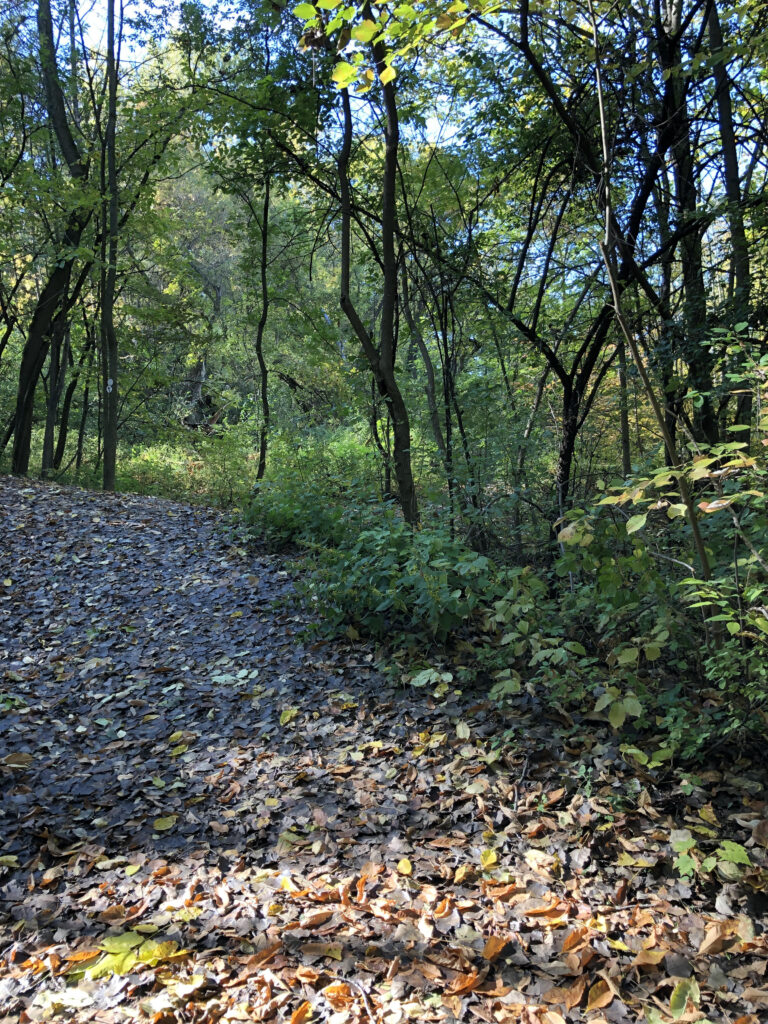
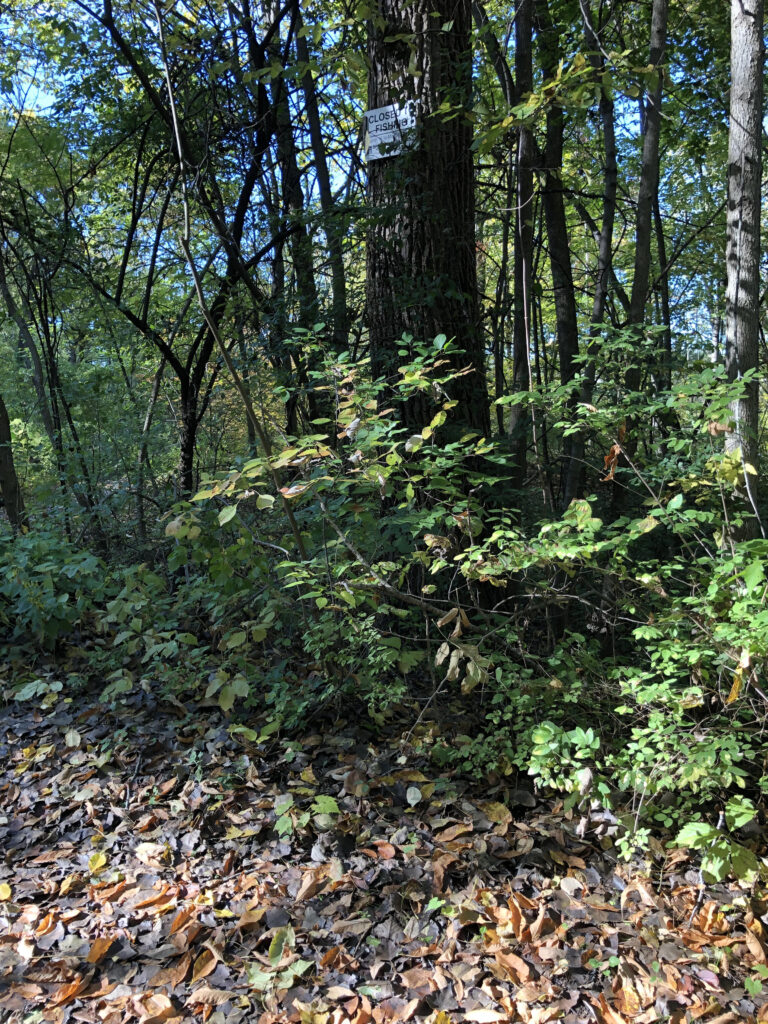
Recent Comments